Narcissus Perfume

Although the term narcissus originated from the same Greek word that roots the term narcotic, narke, which means “to be numb”, it’s not the narcotic properties that brought such fame for narcissus perfume, but rather the powerful mesmerizing fragrance that it exerts around, and of course, there is no better way to express the complex uniqueness of the strong intoxicating yet sweet floral scents of the narcissus flowers.
Narcissus has been a heritage in luxury fragrances for thousands of years in perfumery. From ancient Arabia to Rome to China, Narcissus made its way of reputation in perfumery and medicine in various cultures throughout history.
Please continue reading to learn more about narcissus flowers and their uses in perfumery.
Table of contents
-
What is narcissus?
-
Who is Narcissus in Greek mythology?
-
Narcissus flower perfume
-
Narcissus extraction and its olfactive affinities
-
Narcissus in literature
-
What does narcissus smell like?
What is narcissus?
Narcissus is a flowering plant with a varying range of species – mostly yellow and white with a bit of touch of orange, pink, and red, including our famous everyday daffodils – but all are neither significantly scented nor used in perfumery. While the origin of narcissus is yet not enough clear so far, most people believe it is first grown in Persia from whence it traveled to China via the historically renowned Eurasian trade route, the Silk Route around the 8th century.
However, narcissus flowers have been an excellent raw material in perfumery, which has been encouraging perfumers to create opulence natural perfumes since the ancient ages in various cultures including Arabs, Romans, Indians, and Chinese. In addition to making perfumes, it is revered in some apothecary and religious rituals as well.
For instance, Arabs used narcissus to cure baldness and Indians used its oil in ritual cleaning along with other fragrant oils such as jasmine, rose, and sandalwood prior to attending prayers.
Who is Narcissus in Greek mythology?
According to Greek mythology, Narcissus was a handsome hunter who was known for his exceptional beauty and rejected many romantic appeals. Eventually, he saw his own reflection in a water pool and fell in love with his own image until he died by falling into the lake in which he was mirrored. When he died, a beautiful flower bloomed in his place bearing his name.
Narcissus flower perfume
Narcissus flowers have long been treasured for perfumery use since ancient ages. From ancient Egypt to Arabian Peninsula to China, numerous species were grown for making perfumes from its flowers. Still today, varieties of different species are grown throughout the world, including wild and cultivated versions, but not all variants are naturally fragrant, and only a few are used in perfumery. Among them, three species have been most commonly used to create perfumes – Narcissus jonquil, N. tazetta, and N. poeticus. Let’s dig a little deeper into them one by one.
Narcissus Jonquil is assumed to be the longest-blooming species that bears two to three flowers in each stem and usually grows in Morocco and the Grasse region of France. It has a very characteristic and esteemed scent that is more intense but at the same time more delicate and subtle. It is said that as much as 10% of today’s modern fragrances are created with any form of this amazing ingredient.
The second variety popularly used in perfumery is Narcissus Tazetta which is typically endemic in the eastern Mediterranean but today also widely grown throughout the world, especially in North Africa, the Middle East, the Canary Islands, and various parts of Asia including Japan, Pakistan, Afghanistan, Korea, China, and India. It goes with many other names such as bunched-flowered daffodil, paperwhite, Cream Narcissus, and Chinese Sacred Lily as well as others.
Narcissus Tazetta hosts a range of many different fragrant blooms, and “Paperwhite grandiflora” is probably the most widely grown and best-known species among them. The flowers of N. tazetta exert a powerful but sweet scent with notes of bitter orange. They were grown since the time of Ancient Egypt for making perfumes. In China, they are symbolized as a gift of life and good fortune, which is why they are also known as the Chinese sacred lily.
Today, different varieties of N. tazetta are widely grown for commercial purposes in the southern area of France, especially for the collection of narcissus essential oil which then is distributed throughout the world for use in making perfumes and also medicines.
Finally, the third variety, widely used in perfumery, is Narcissus poeticus, also known as the Pheasant’s Eye Narcissus or the Poet’s Daffodil, which is endemic to Europe but commercially grown in the Netherlands and France. The plant is considered one of the oldest species in cultivation and the flowers are more powerfully fragrant with more graceful and creamier petals, making it one of the most valuable natural ingredients in the perfumery world globally. Its fragrance is heavy floral and sweet, quite reminiscent of Hyacinth and Jasmine.
Narcissus extraction and its olfactive affinities
Fresh flowers are used to produce solvent extraction. Then this solvent extraction is filtered and distilled to obtain a concrete essence which eventually yields a highly fragrant absolute. 500 kilograms of fresh flower petals can produce only one kilogram of concrete essence or just 300 grams of absolute, making it highly precious as well as expensive.
This is the reason why natural narcissus absolute is rare and only used in premium quality perfumes. It is a liquid substance with an orange hue that has a potent, sweet, grassy-green scent with a powerful grassy-floral undernote. It works wonders in combination with the essential oils of ylang-ylang, clove, rose, sandalwood, and neroli, and also with various spicy and floral oils.
Narcissus in literature
Narcissus, or daffodil, is surely effective in uplifting one’s mind with its endless captivating beauty and fragrance. It represents a symbol of renewal and rebirth, praised in literature as well. For instance, as mentioned by William Wordsworth in his famous “Daffodils”:
“I wandered lonely as a cloud
That floats on high o’er vales and hills,
When all at once I saw a crowd,
A host, of golden daffodils;
Beside the lake, beneath the trees,
Fluttering and dancing in the breeze.”
What does narcissus smell like?
Narcissus creates an opulent sensation of mysteriously intense notes of bitter orange and yet sweet floral, which can be described as rich, floral, woody, green, and heady. The smell is so impressive that the name itself means “to be numb”, indicating the effect the scent may have on a person. The scent of narcissus is literally inexpressible and anyone can get spellbound.
In other words, the distinguished complex smell of narcissus could be described as addictive, once sniffed, everyone is supposed to get back for more. If you haven’t tried this ever, it’s surely something to give a try.
Here you can see Our perfumes containing Narcissus

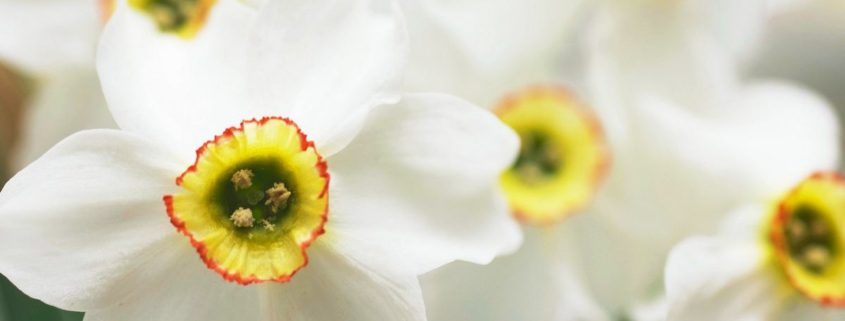
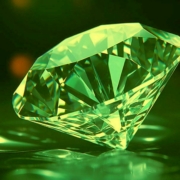

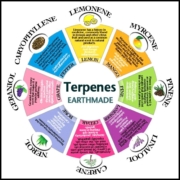
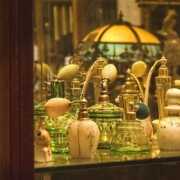
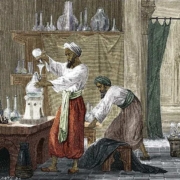
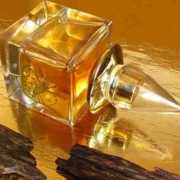
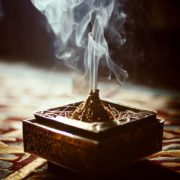















Leave a Reply
Want to join the discussion?Feel free to contribute!